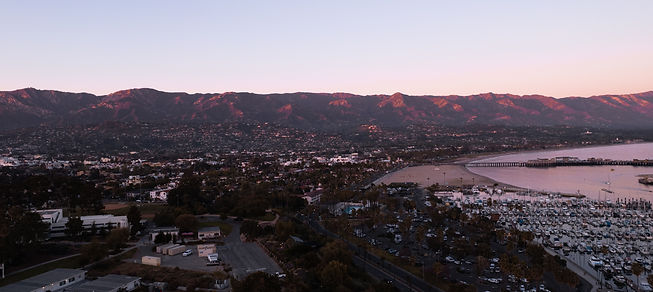
SOLUTIONS
Every $1 spent on hazard mitigation can save the nation $6 in future disaster costs, based on 23 years of federally funded mitigation grants provided by the Federal Emergency Management Agency (FEMA), U.S. Economic Development Administration (EDA) and U.S. Department of Housing and Urban Development (HUD).
The National Institute of Building Sciences
Natural Hazard Mitigation Saves 2017 Interim Report

Steel Mesh Nets
We have placed six environmentally friendly engineered steel mesh nets strategically in canyons to serve as force breaks and capture debris in designated high risk areas.
Ring net benefits:
-
Can reduce debris flowing into residential areas and double the capacity of current catch basins
-
Are customized for each canyon
-
Are removable
-
Have never injured or killed fish or animals
-
Have been installed and used in 41 California locations

Monitoring Systems
We propose to upgrade and expand weather monitoring to give us much longer evacuation times.
We are working with UCSB, National Weather Service, NOAA, USGS, Cal Tech, software and technology experts and the County to determine how best we can complement existing monitors and to help provide additional data to researchers and first responders on:
-
Pending weather events
-
Actual rain fall intensity and location
-
How to integrate within County systems for emergency responders. Assess gaps in monitors, radar and rain gauges
There are many technology advances and softwares accessible. USGS has recently approached TPRC, in coordination with NOAA, to work on solutions.

Hillsides
We want to assess the best ways to regrow vulnerable, dry areas in the hills so as to help accelerate natural vegetation regrowth.
Santa Barbara is currently in a severe drought which slows down the needed regrowth of vegetation and provides dry land which can be a catalyst for debris flow events (UCSB Bren School).
